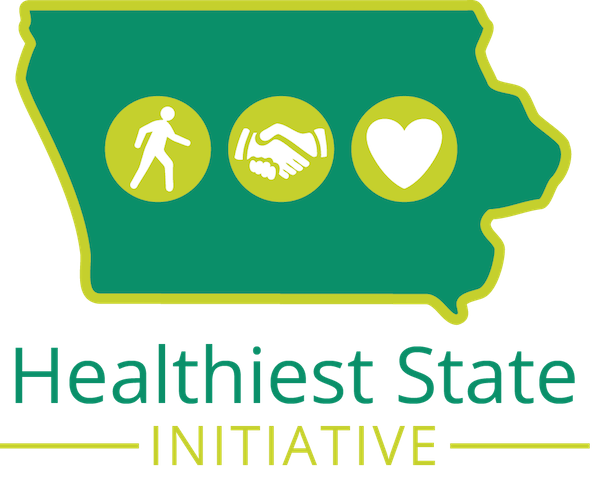Iron Intrigue: Identifying Key Nutrients
Have you ever wondered if you’re getting the nutrients your body needs to stay healthy? With so many nutrients, knowing if you are missing the mark or balancing essential nutrients can be challenging. Iron deficiency anemia is the most prevalent nutrient deficiency globally; some people are at greater risk than others. But how do you know if you are at risk for anemia and which foods will help you improve your iron status? Your Hy-Vee registered dietitian is here to help with simple tips and read on to learn how you can determine your risk for anemia.
Iron is an essential nutrient, meaning we must obtain it through our food. Iron performs several vital functions in the body, including the synthesis of hemoglobin – a key component of red blood cells that helps carry oxygen to your tissues. The RDA (Recommended Daily Allowance) for iron intake varies based on the individual; from 8 mg per day for men and postmenopausal women to 11-15 mg per day for teenage boys and girls, respectively, to 18 mg per day for premenopausal women. Iron deficiency anemia symptoms may occur when we don’t obtain enough iron in the diet, including fatigue and weakness, pale skin or conjunctiva, thin spoon-shaped nails or decreased resistance to cold temperatures. Individuals at most significant risk for iron deficiency anemia include premenopausal women, young children, or people with a vegan diet, malabsorptive diseases, pregnancy, blood loss or chemotherapy.
Meat is a significant source of iron that is most readily absorbed by the body – this is called heme iron. There are many plant-based or non-heme sources of iron, including iron-fortified grains, pasta made from garbanzo beans or lentils, pumpkin seeds, potato with skin, spinach and prunes. These non-heme sources of iron require strategic planning to promote optimal absorption. Dairy foods, coffee and tea should be consumed separately from iron-rich foods or supplements as these will inhibit plant-based iron absorption. Uptake of non-heme iron is enhanced by foods rich in vitamin C, including oranges, broccoli, dark leafy greens, kiwi, bell peppers, tomatoes and strawberries.
For a simple, iron- and vitamin-C-rich meal, try this Shortcut Steak Fajitas recipe. Mix up taco night using Hy-Vee Shortcuts to cut down on prep time and get dinner on the table in a flash!
Shortcut Steak Fajitas
Serves 4
All you need:
2 pounds Hy-Vee Choice Reserve beef fajita mix
8 (6-inch) Hy-Vee street taco flour tortillas
½ cup Full Circle Market organic pineapple salsa
½ cup Finely shredded red cabbage
1 ripe avocado, peeled, seeded and sliced
¼ cup crumbled Cojita cheese
Cilantro, for serving
Lime wedges, for serving
All you do:
1. Heat a large nonstick skillet over high heat. Add beef fajita mix; cook for 5 to 7 minutes or until mixture reaches 165 degrees and vegetables are crisp-tender, stirring occasionally.
2. Spoon about 1/3 cup of the fajita mixture into each tortilla; top with salsa, red cabbage, avocado slices and cheese.
Recipe adapted from: https://www.hy-vee.com/recipes-ideas/recipes/shortcut-steak-fajitas
The information is not intended as medical advice. Please consult a medical professional for individual advice. This content was made possible with the paid support of our sponsor Sanguina.



